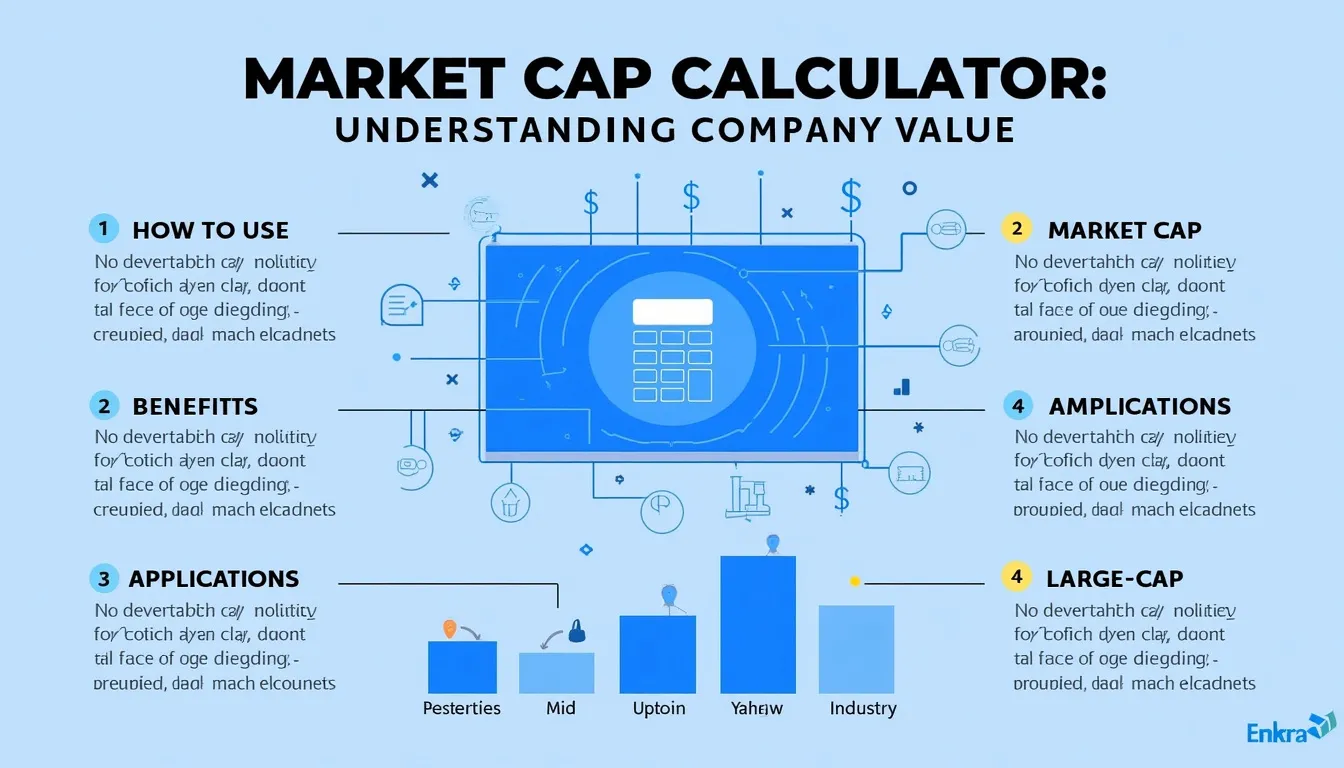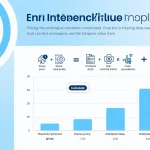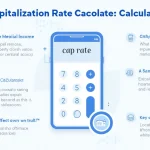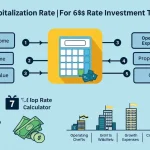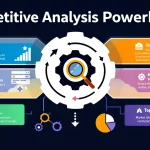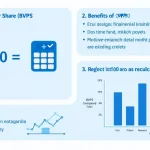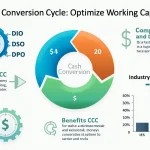Market Cap Calculator
Is this tool helpful?
How to use the tool
- 1. Enter the current share price. Example inputs: $32.40 or $210.85.
- 2. Add total shares outstanding. Example inputs: 2,750,000 or 150,000.
- 3. Press “Calculate”. The tool multiplies the two numbers and shows market cap.
- 4. Compare results. Re-enter updated prices whenever the market moves.
Formula and worked examples
The calculator applies the universal equation:
$$ \text{Market Cap}= \text{Share Price} \times \text{Shares Outstanding} $$- Example A: $32.40 × 2,750,000 = $89,100,000
- Example B: $210.85 × 150,000 = $31,627,500
Quick-Facts
- Standard formula: price × shares (SEC Investor Bulletin, 2022).
- Small-cap: $300 million–$2 billion (Fidelity, 2023).
- Mid-cap: $2–10 billion (Fidelity, 2023).
- Large-cap: over $10 billion (Fidelity, 2023).
- Global equity size: $109 trillion in 2022 (World Federation of Exchanges, 2023).
FAQ
What is market capitalization?
Market capitalization is the dollar value of all a company’s shares in circulation (Investopedia, https://www.investopedia.com/terms/m/marketcapitalization.asp).
How does the calculator work?
It multiplies current share price by shares outstanding. “The market capitalization of a company is equal to the current market price of a share multiplied by the total number of shares outstanding” (SEC Investor Bulletin, 2022).
Why track market cap?
Market cap shows company size, aids risk assessment, and supports diversification decisions (S&P Dow Jones Indices, 2023).
How often should I recalculate?
Update whenever the share price changes; U.S. equities trade 9:30 a.m.–4 p.m. ET on weekdays (NYSE Trading Hours, 2023).
Can market cap change without new shares?
Yes. Price fluctuations alone move market cap, even if the share count stays constant (Nasdaq Glossary, 2023).
How does market cap differ from enterprise value?
Enterprise value adds debt and subtracts cash to reflect takeover cost, while market cap ignores capital structure (Damodaran, 2022).
Does a higher market cap mean lower risk?
Larger firms usually show lower volatility; the S&P 500’s largest quartile has 30 % less annualized variance (Morningstar, 2023).
Where can I find shares outstanding?
Check the latest Form 10-K or 10-Q filed with the SEC; Item 1 lists share counts (SEC EDGAR, 2023).
Important Disclaimer
The calculations, results, and content provided by our tools are not guaranteed to be accurate, complete, or reliable. Users are responsible for verifying and interpreting the results. Our content and tools may contain errors, biases, or inconsistencies. We reserve the right to save inputs and outputs from our tools for the purposes of error debugging, bias identification, and performance improvement. External companies providing AI models used in our tools may also save and process data in accordance with their own policies. By using our tools, you consent to this data collection and processing. We reserve the right to limit the usage of our tools based on current usability factors. By using our tools, you acknowledge that you have read, understood, and agreed to this disclaimer. You accept the inherent risks and limitations associated with the use of our tools and services.
